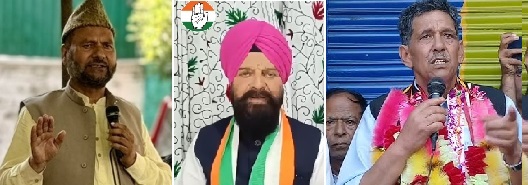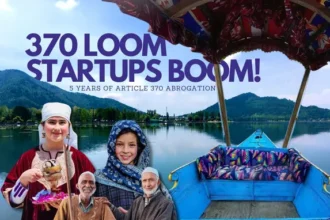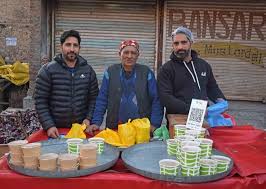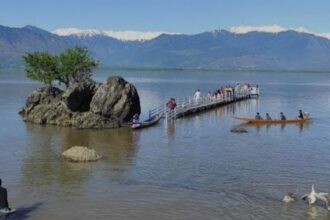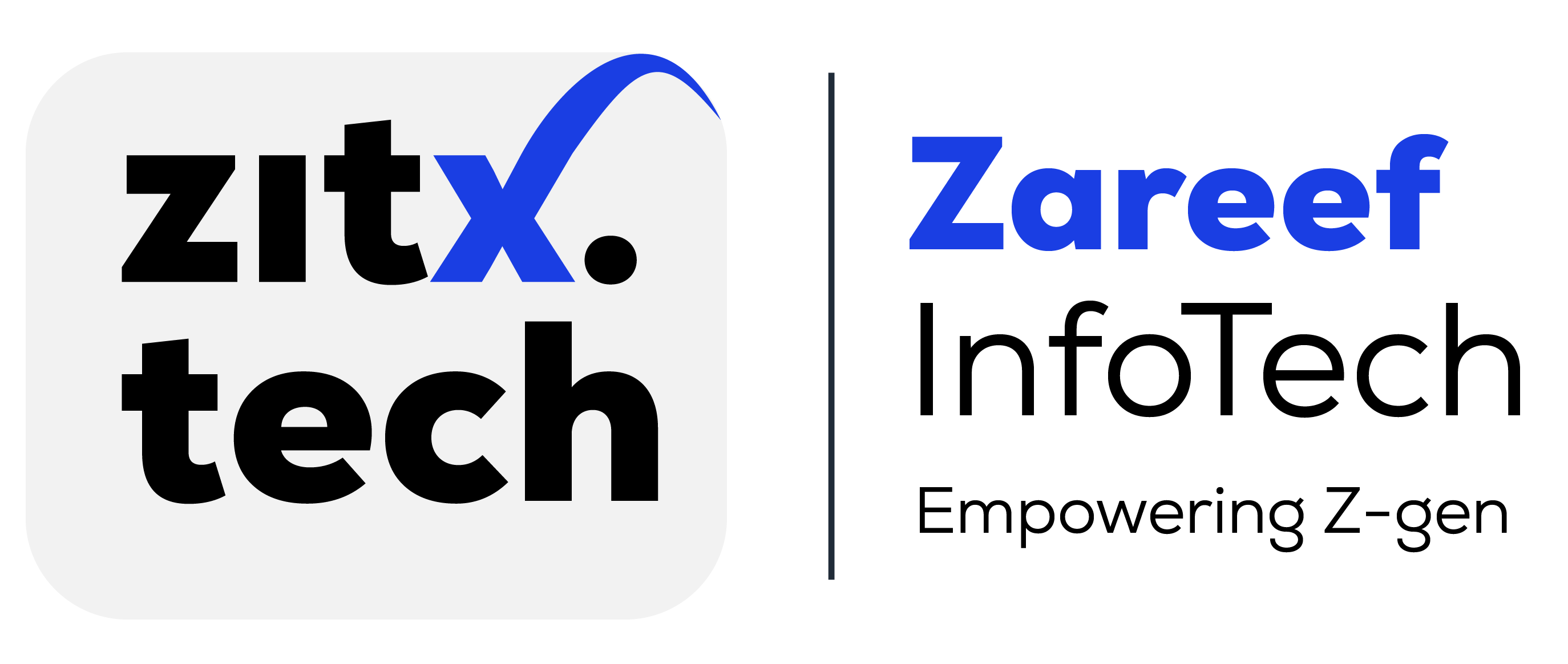The political dynamics in Jammu and Kashmir are witnessing significant reactions and heightened public enthusiasm after a decade of anticipation. As candidates from various parties campaign vigorously, the state’s electoral landscape is alive with fervor. Jammu and Kashmir’s electoral landscape has undergone a profound transformation since 2019, marked by a new era of politics in the region. Following the abrogation of Article 370 and subsequent administrative changes, the state’s political dynamics have been reshaped, fostering an environment of heightened public enthusiasm and intense competition. As the region prepares for elections, candidates from various parties are campaigning vigorously, leveraging social media and digital platforms to connect with voters. With shifting alliances, empowered youth, and an informed electorate, the stage is set for a fervent electoral battle, one that will shape the future of Jammu and Kashmir and potentially redefine its political landscape.
Candidates’ Reactions and Strategies
- Channi Singh (INC): Exudes confidence about the immense support and affection he’s receiving from voters, believing it will lead to a notable transformation in Tral.
- Dr. Harbaksh Singh (AIP): Dismisses intense competition, asserting the public’s desire for his victory is evident.
- Rafiq Ahmed Nayak (PDP): Raises concerns about the political motivations behind recent legal decisions, particularly bail grants.
Party Dynamics and Effectiveness
The Congress and National Conference are seen as pivotal players in the region, with Rahul Gandhi’s leadership credited for the party’s performance. While there’s optimism about these parties securing victories across Kashmir and forming the government, skepticism remains about their ability to achieve significant electoral success.
Independent Candidates and Vision for Tral
Dr. Ghulam Nabi Bhat, an independent candidate, claims he faces no real competition and criticizes other parties for lacking a vision for Tral. He highlights the devastation in the area over the past 30 years and accuses other parties of failing to address these issues effectively.
Shift in Voter Behavior
The rise of social media and digital platforms has revolutionized the way voters access information about candidates and their parties, significantly shaping voter perceptions. With unparalleled transparency, voters can now gather comprehensive insights into a candidate’s background, policies, and track record, reducing the need for extensive explanations. Social media enables direct engagement between politicians and constituents, fostering a sense of closeness and active involvement. However, this increased reliance on social media also raises concerns about misinformation and disinformation, highlighting the need for media literacy and critical engagement with online content. As a result, fact-checking platforms have emerged to verify the accuracy of claims made by politicians, ensuring voters can make informed decisions and maintain the integrity of the democratic process.
The Political Climate
The political climate in Jammu and Kashmir is characterized by intense competition, shifting alliances and an engaged electorate eager for change. Candidates navigate a complex landscape where past performance and future promises are closely scrutinized, and the electorate is more informed than ever before.
Key Players and Alliances
- Congress and National Conference: Pivotal players with optimism about securing victories.
- PDP: Perceived as a dominant force, potentially essential for forming a government.
Youth Engagement and Digital Influence
Youth Engagement and Digital Influence are redefining the electoral landscape in Tral, Kashmir. Empowered by social media and digital platforms, the region’s youth are increasingly engaged in the upcoming assembly elections. With unparalleled access to information, they’re actively participating in online discussions, mobilizing support for their preferred candidates, and holding leaders accountable. This digital savvy demographic is reshaping the political narrative, forcing candidates to adapt their strategies and address pressing issues affecting young voters.
As the election approaches, Tral holds its breath, awaiting the outcome of this intense and dynamic contest. The youth’s influence will be pivotal in determining the winner, with their votes potentially swinging the balance of power. With issues like education, employment, and development topping their agenda, young voters are demanding tangible change. The assembly elections in Tral, Kashmir, will be a litmus test for parties to prove their commitment to empowering the next generation. Will the youth’s digital voice translate into electoral victory? Only time will tell, but one thing is certain – their engagement has forever altered the region’s electoral landscape.


